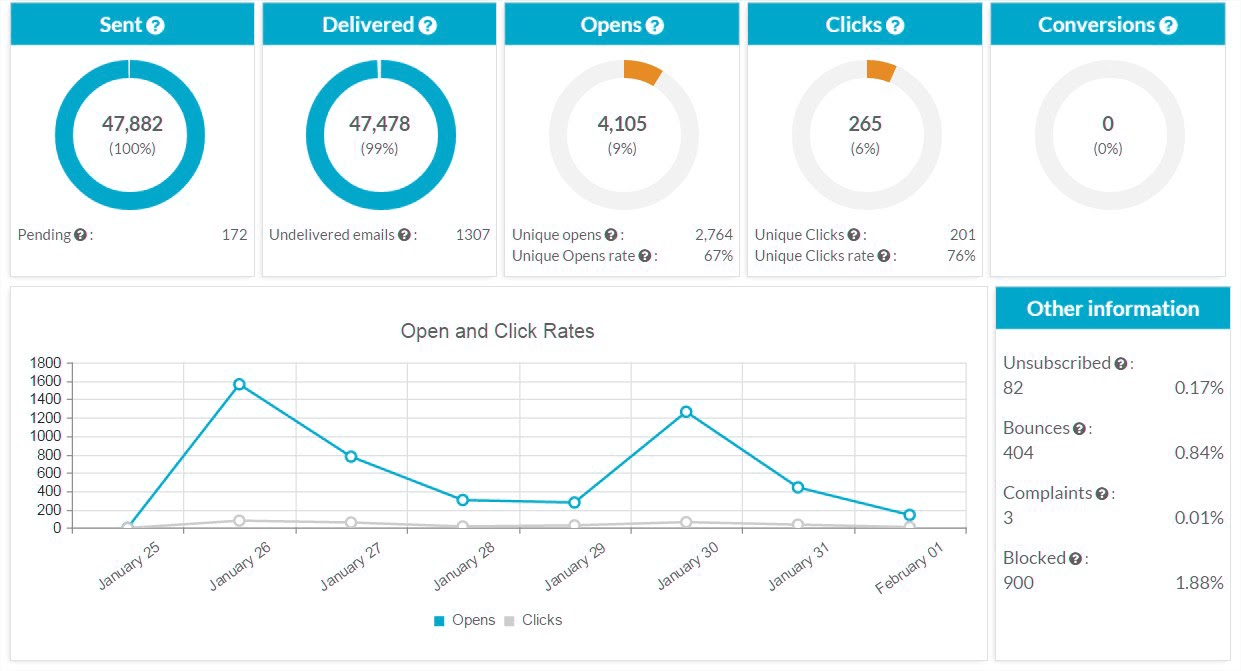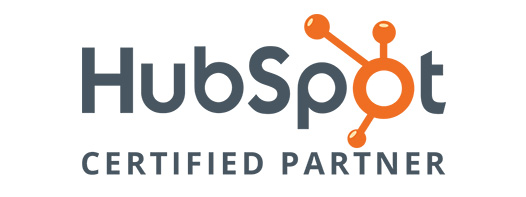How Email Can Grow Your Business
What is email marketing – and is it still relevant? If you think that people have moved on from emails, you might be in for a surprise! In fact, 4 billion people use email in 2020, with that figure set to grow to 4.6 billion by 2025. It’s why email marketing is such an important and almost required part of any digital marketing strategy.
But with that being said, creating your own email marketing strategy and executing it can be a little tricky. It’s not just simply sending emails with your best promotions to people. There’s nuances and tricks to it that ensures your message is being effectively delivered to the right people. So how do we do it? Let’s jump right in.
What is email marketing?
Email marketing is the practice of engaging with your audience and customers through email. As we mentioned, it’s an incredibly useful tool that helps your business grow in more ways than one. Whatever your business goals might be, email marketing can help you achieve it.
Here are some ways that email marketing can benefit your business:
- Increase brand awareness
- Promote your content
- Generate leads
- Boost traffic to your web pages
- Engage and build relationships with your customers
- Increase customer loyalty
- Market your product or service
Of course, email marketing can help increase revenue and generate profits for your business. On average, email marketing generated $42 for every dollar spent on email marketing. That’s a whopping 4200% ROI!
You can see why it’s worth your time and money. Now let’s get into a step-by-step guide on how to properly do email marketing for your business.
Step 1: Build a list
Building your contact list is the first step in any email marketing strategy because well, your emails need to go to someone! There are numerous ways to get emails and build that list, one of the best ways is with lead magnets.
Lead magnets
Lead magnets attract people to your email list – hence the name. They are usually offers that provide something of value; something that people will accept in exchange for their email address. These can include:
- Infographics
- Templates
- Courses
- E-books
- Reports
- Cheat sheets
The key thing to remember is to make your lead magnet attractive, relevant and valuable to prospects.
Opt-in forms
The opt-in form is how prospects will actually be added to your email list. Opt-in forms can be a landing page on your website or a pop-up that appears on the home page after a few seconds. Either way, here are some ways to create an attractive opt-in form:
- Use a compelling and attractive headline
- Use relevant and persuasive copy
- Keep the form simple with few requirements

Upworthy nails the three keys for attractive opt-in forms.
Step 2: Send emails
Now that you have some people in your contact list, it’s time to send your emails out to them! There’s many things that go into effectively sending emails, we’ve covered some of these below.
Choose an ESP
An email service provider (ESP) and the marketing tools that each possess will greatly assist you in sending out your emails. Most ESPs have common features such as built-in email builders, automation tools and segmentation capabilities but different ones might do them better than others. Determine what the most important things you need out of your ESP are and then shop around for one that best suits your needs.
Segmentation
Sure, you can send the same emails to all contacts in your email list but for the best results, you should categorise them into different segments. Why is this important? By segmenting your audience, you can send more relevant and targeted emails, making them more likely to positively respond to your messages. Segmented emails actually generate more than half of all email marketing revenue!
You can segment your audience based on:
- Demographics
- Location
- Sign-up source
- Lifecycle stage
- Interests and hobbies
From there you can tailor your emails to directly speak to that audience with different copywriting or imagery.
Email Design
When it comes to crafting effective emails, you need to keep in mind a few key elements:
- Copy: Your copy is what delivers your message. It needs to be informative, engaging, straight to the point and relevant to the reader.
- Images: Choose images that are not only relevant and appealing but also are optimised for all devices.
- CTA: Your call to action should be bold, clear and take readers exactly where it says it will.
- Responsiveness: 81% of emails are read on mobile, meaning that your emails need to be properly optimised for them!
- Personalisation: When you build an email, personalisation can help them feel more real and human. Use personable language and include first names.

Airtable uses personalisation to make the email sound like it is specifically made for Matt.
Email Sending Tips
These tips will help your emails get opened and read:
- Subject lines: Your subject line can make or break your email. An attractive yet clear subject line will entice people to open your email.
- Preview text: Increase your open rates even further with preview text that uses compelling language to tease the contents of the email.
- Timing: Send your emails when your audience is most likely to read them. The right time can be determined by some research or testing.

Different days are better than others for sending emails according to Campaign Monitor
Automations & Customer Journeys
Automations allow you to automatically send emails to subscribers based on time or action. Not only do they save you a lot of work but it also makes sure you don’t miss an opportunity to generate lead, sales and revenue.
Automation can be as simple as a series of emails that are sent on one specific action (such as a sign-up) or be complex journeys which execute actions based on different criteria and yes/no branches. An example of some common automation includes abandoned carts where contacts are automatically sent an email if they leave something in their shopping cart.

Source: Google An example of email automation.
Step 3: Email compliance
As much as you want to send your contacts email after email, there are rules and regulations that protect your contact’s information and privacy. All your emails also need to comply with spam laws.
In Australia, the Spam Act 2003 outlines that it is illegal to send unsolicited emails. There are three requirements you must meet when sending marketing emails:
- Recipients of your emails must give consent to receive them
- You must provide identification of your business contact details
- You must provide a working unsubscribe link.
Failure to do so can result in a hefty fine for you and your business.
Step 4: Email analytics
After you’ve made sure all your email marketing practices are compliant, you can start sending them and measuring their performance. You can measure the overall performance of your email marketing strategy with a few key metrics then compare them to industry averages.
- Open rates (OR): This refers to how many of your emails in email marketing campaigns are being opened. Your subject lines, preview text and timing can affect this.
- Click-through-rate (CTR): This refers to the percentage of people who are clicking your CTAs and buttons. You can improve this by ensuring your email content is relevant and spurs action.
- Unsubscribes: Everyone’s least favourite metric but it may actually be beneficial since you are getting rid of uninterested contacts. If your unsubs are getting a little too much, consider if your emails are providing real value that your audience can use.

An example of an email marketing report dashboard. Note how it displays opens and clicks amongst other metrics. Source: Google
Compiling your data and findings into actionable reports can help you evaluate your overall strategy and make changes as necessary.
Harness the timeless power of email today!
Hopefully, this guide has provided you with the information you need to go out and do your own email marketing. See just how it can help your business grow and connect you with your audience! And if you’re ever stuck, just remember that emails are a form of communication between two people. So be genuine, helpful and real – and your audience will respond in return.
Want more than just the answer to ‘what is email marketing?’. Maybe you’re looking for more specific tricks and tips to boost your strategy. Head on over to our blog to find more articles that will help you connect with your customers!





